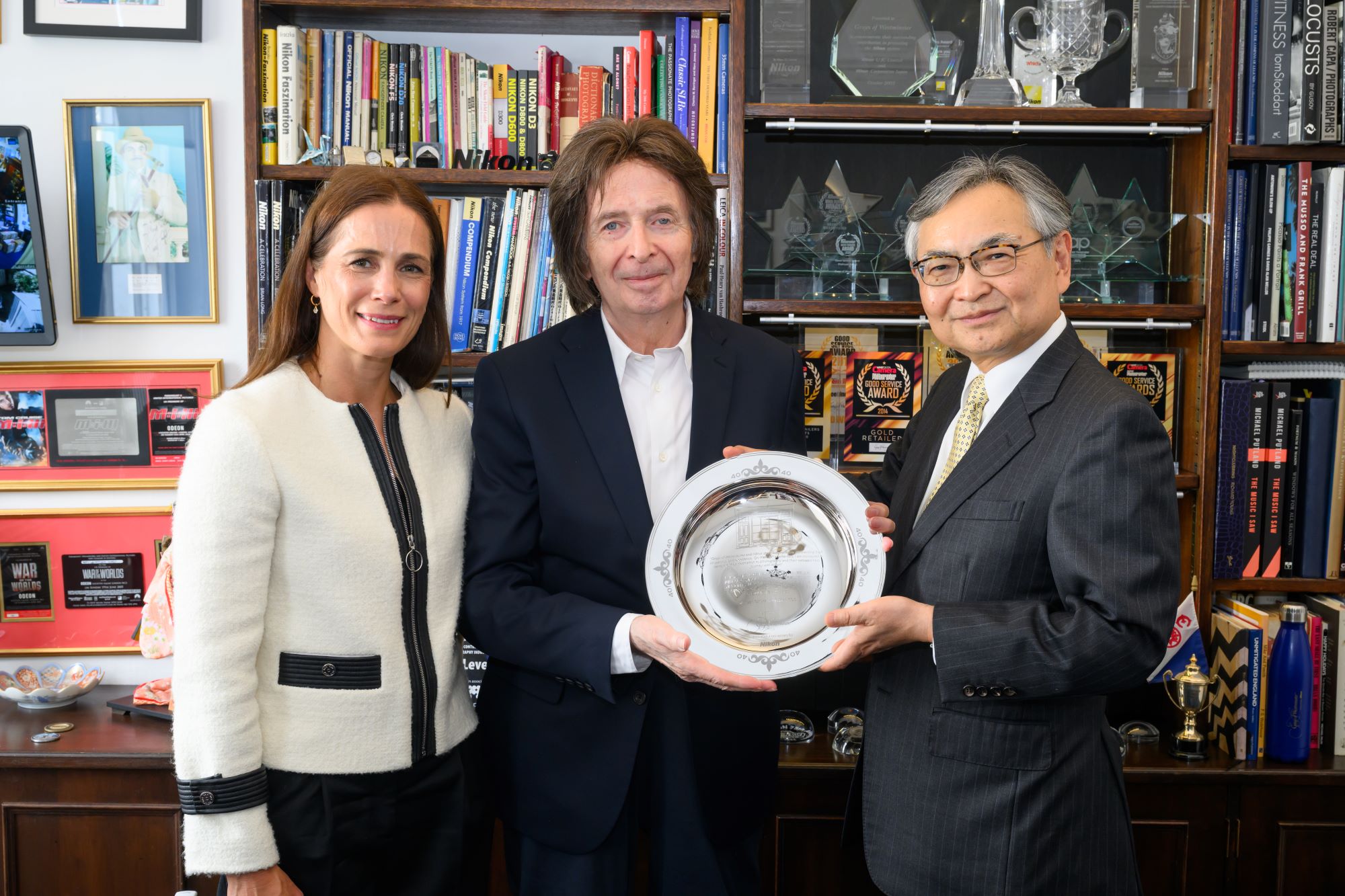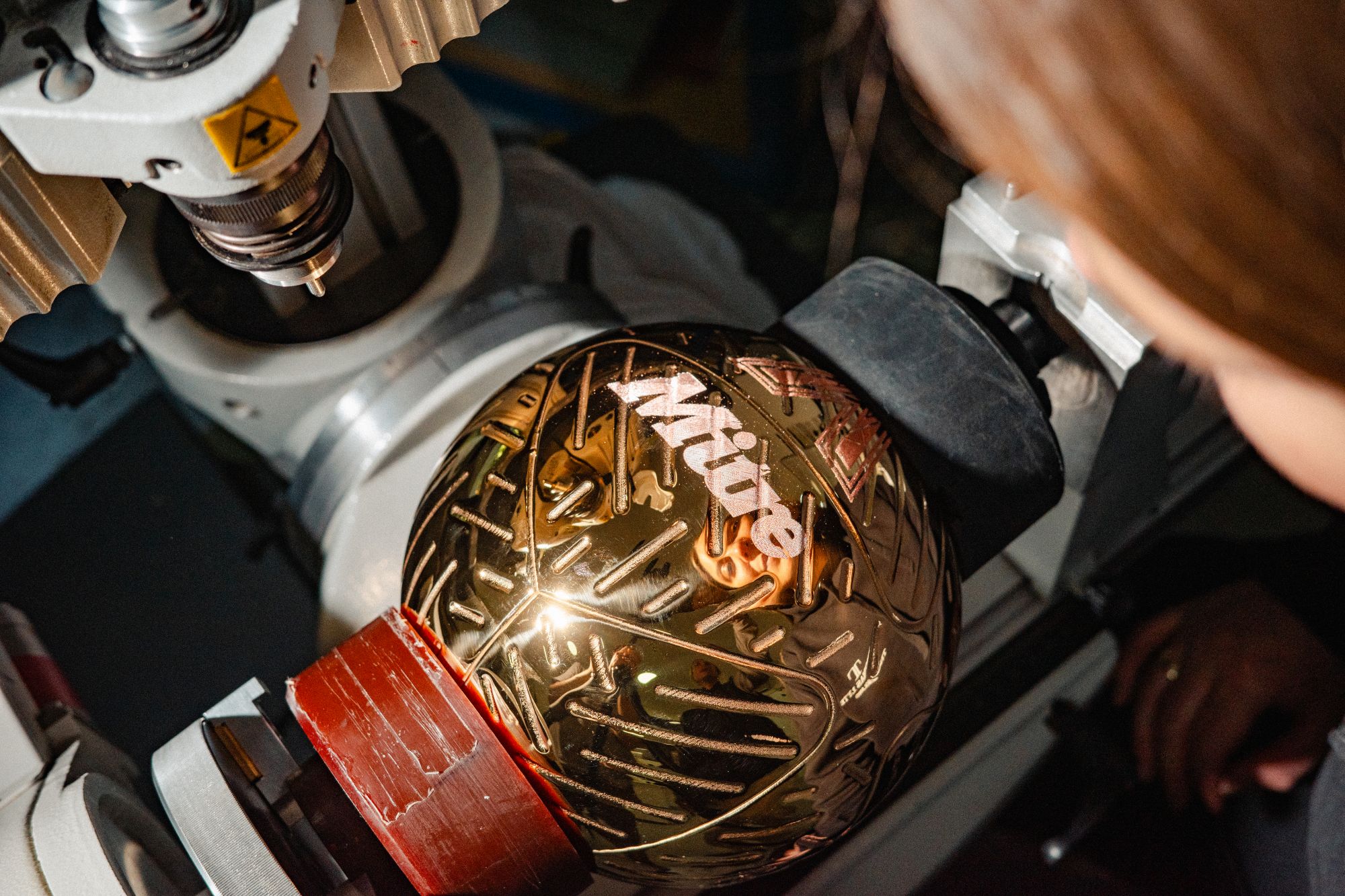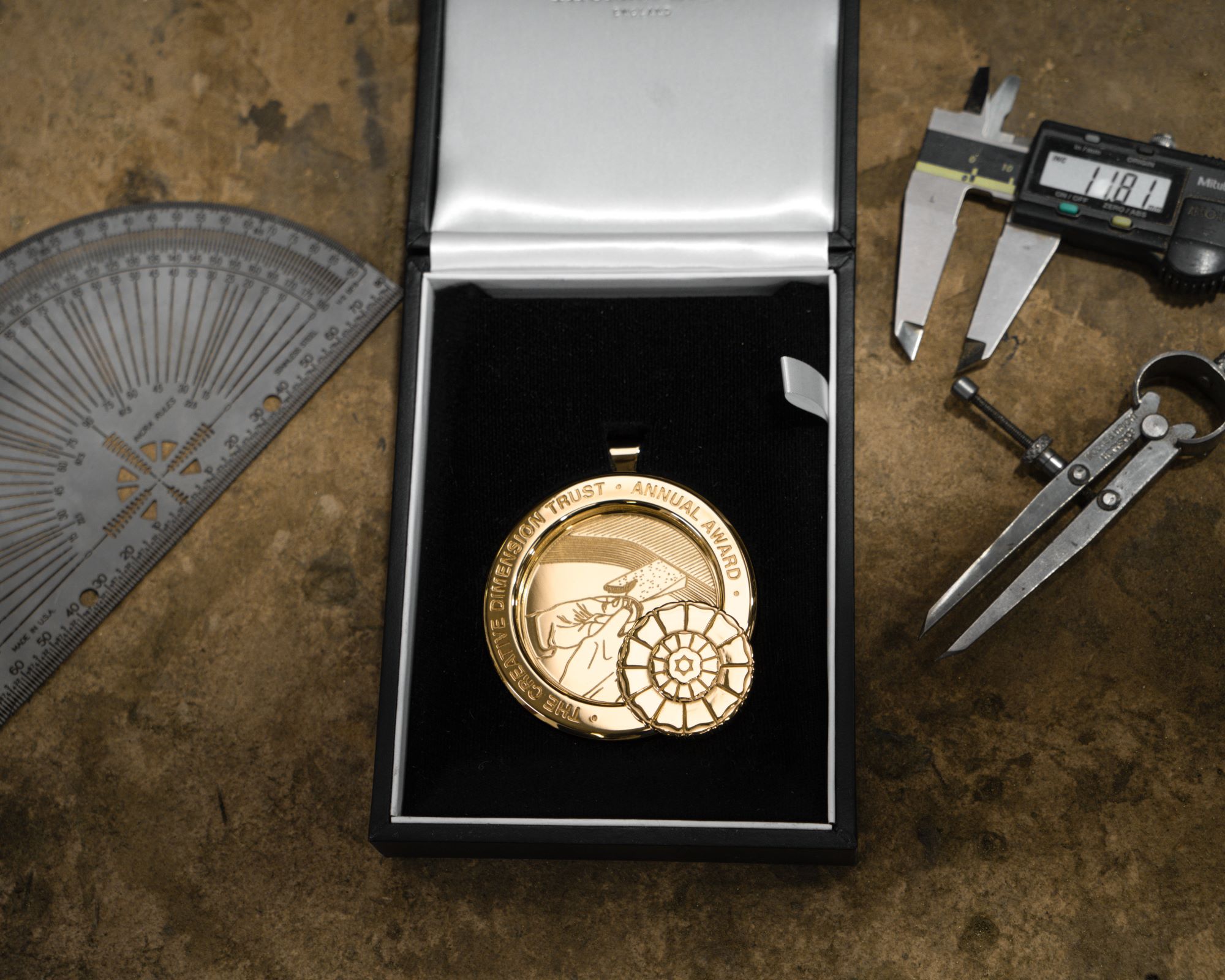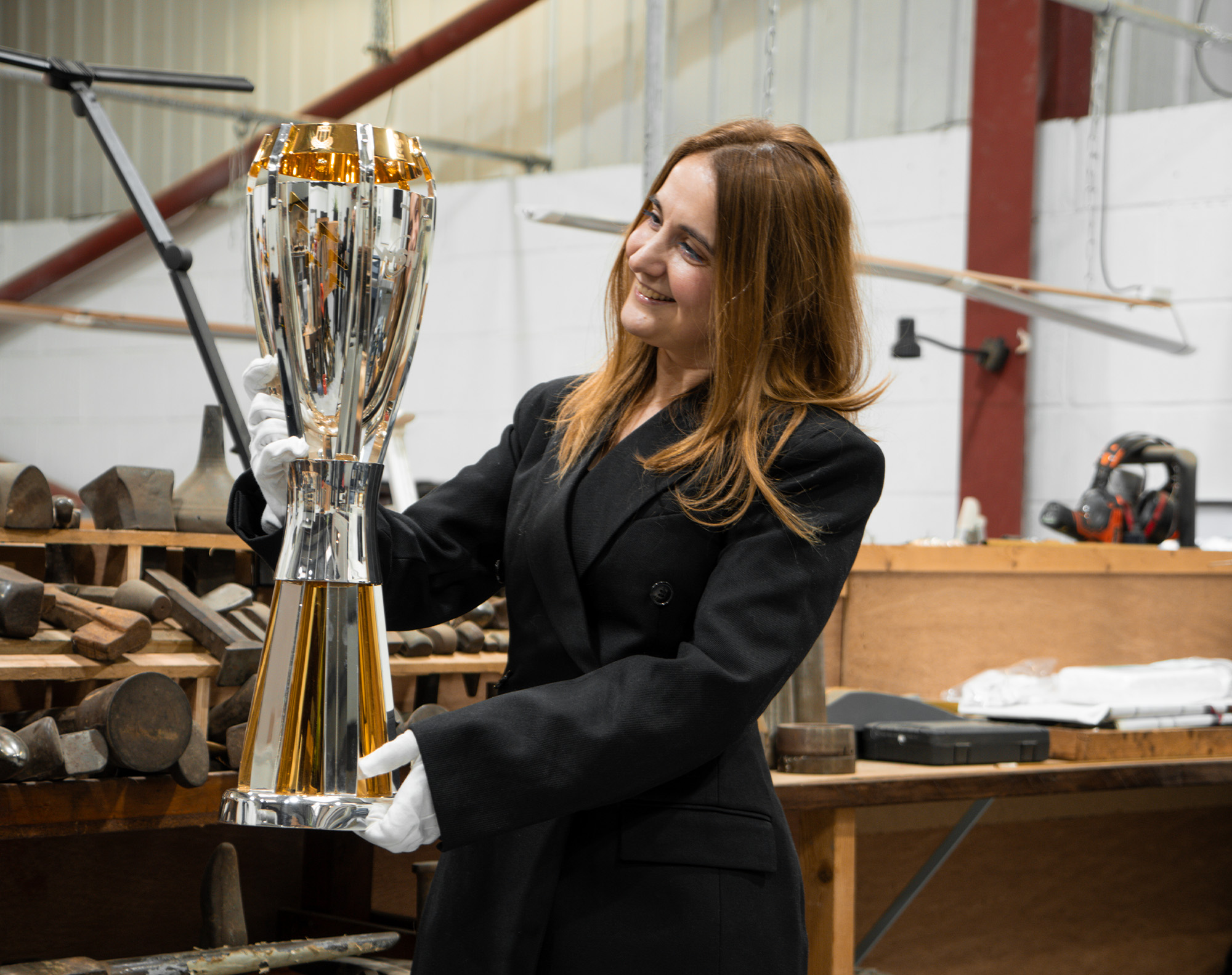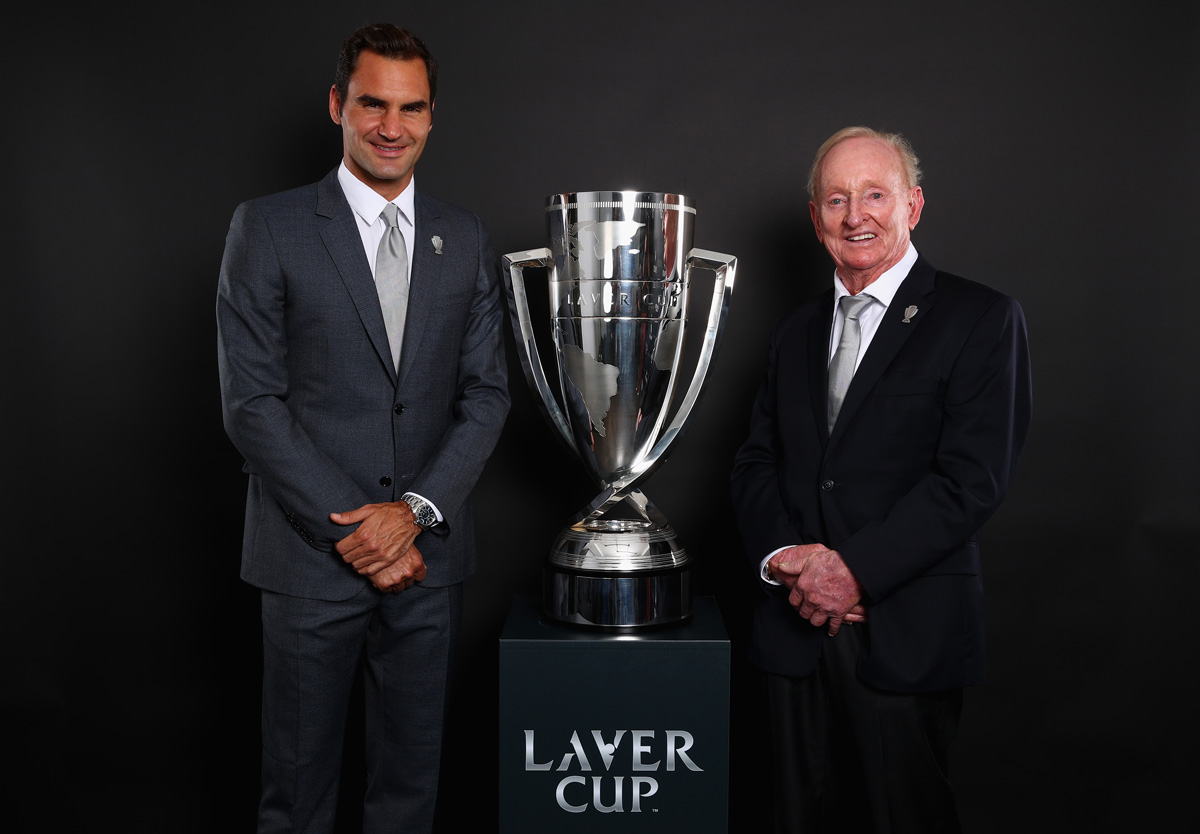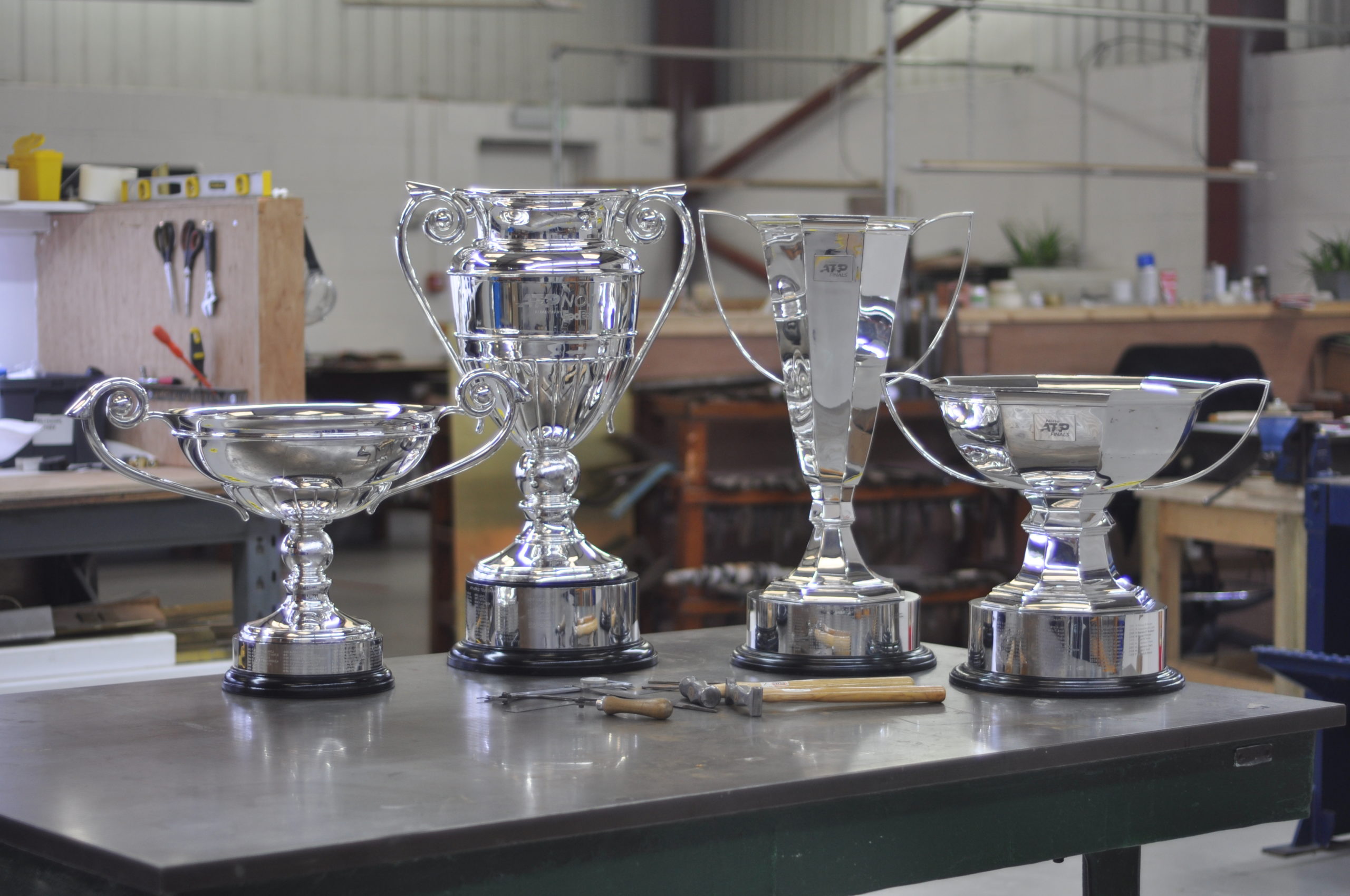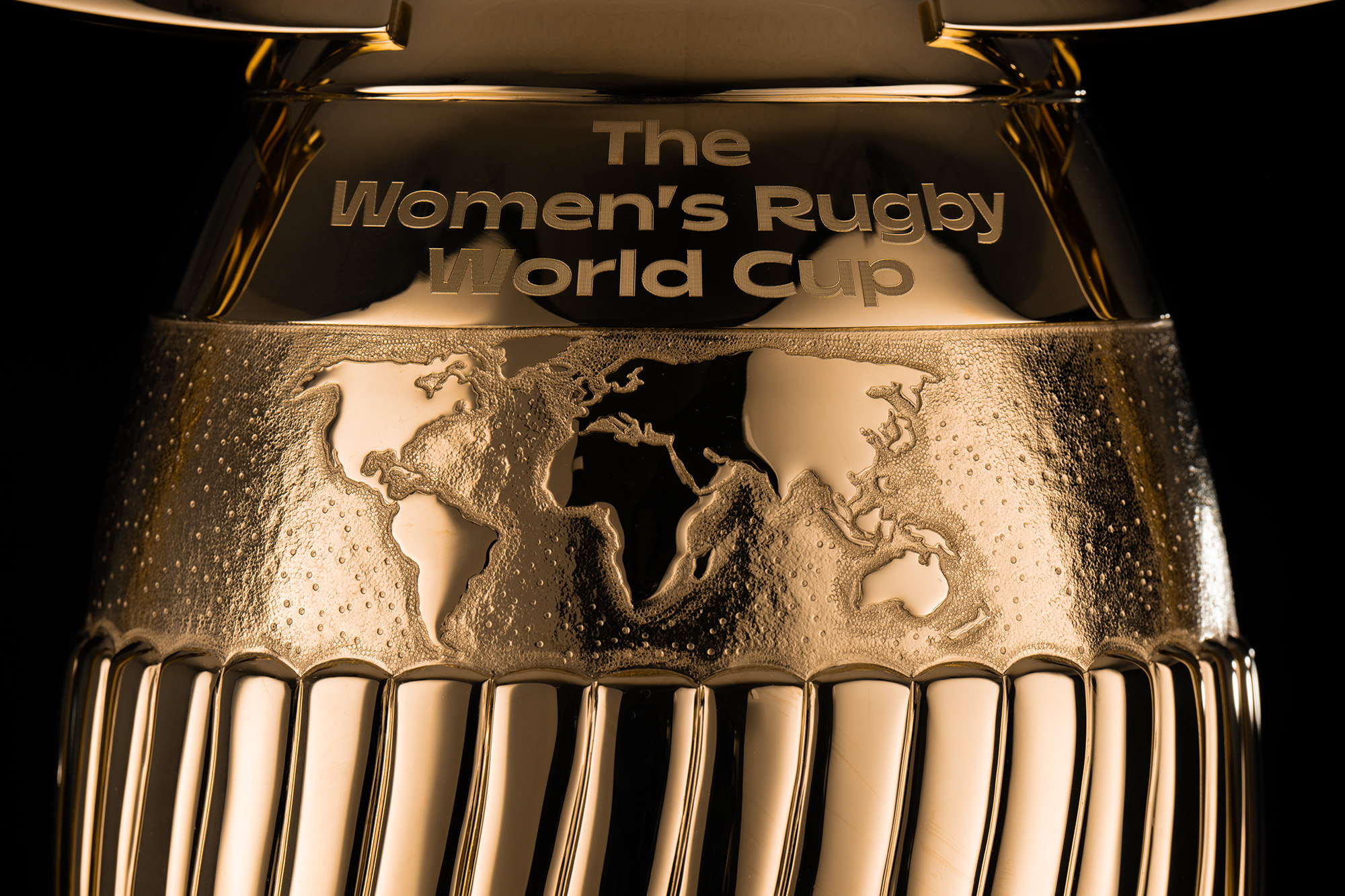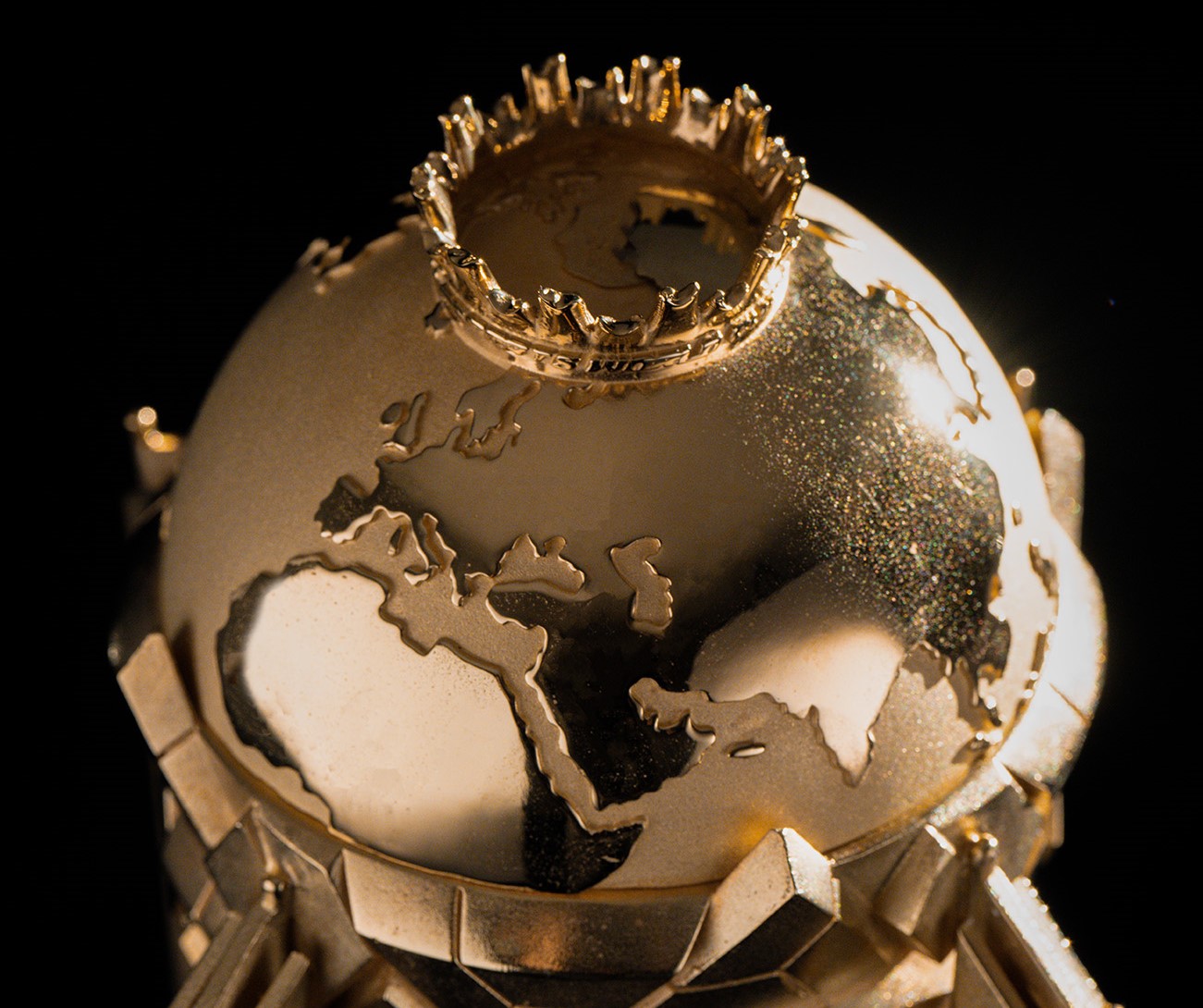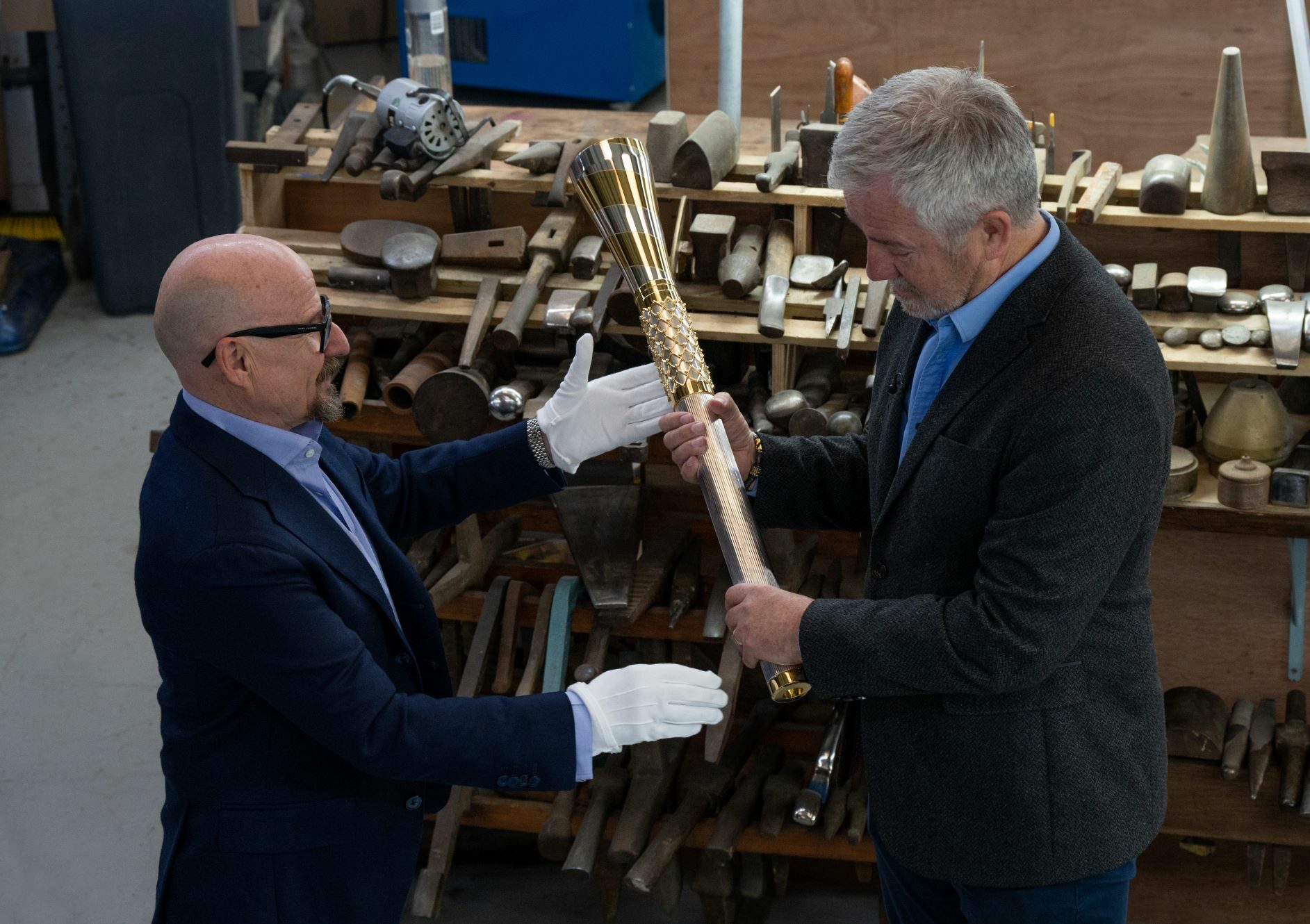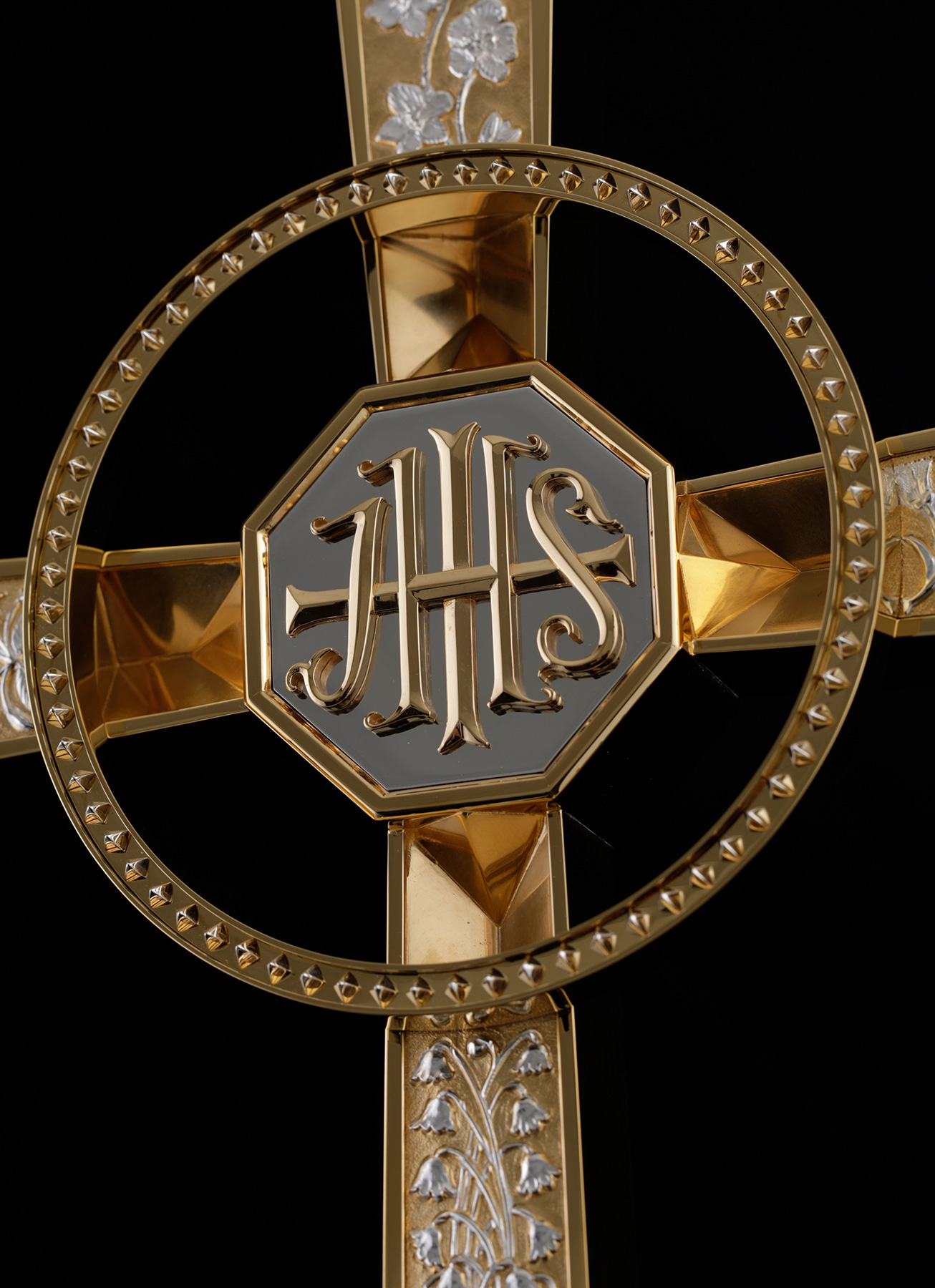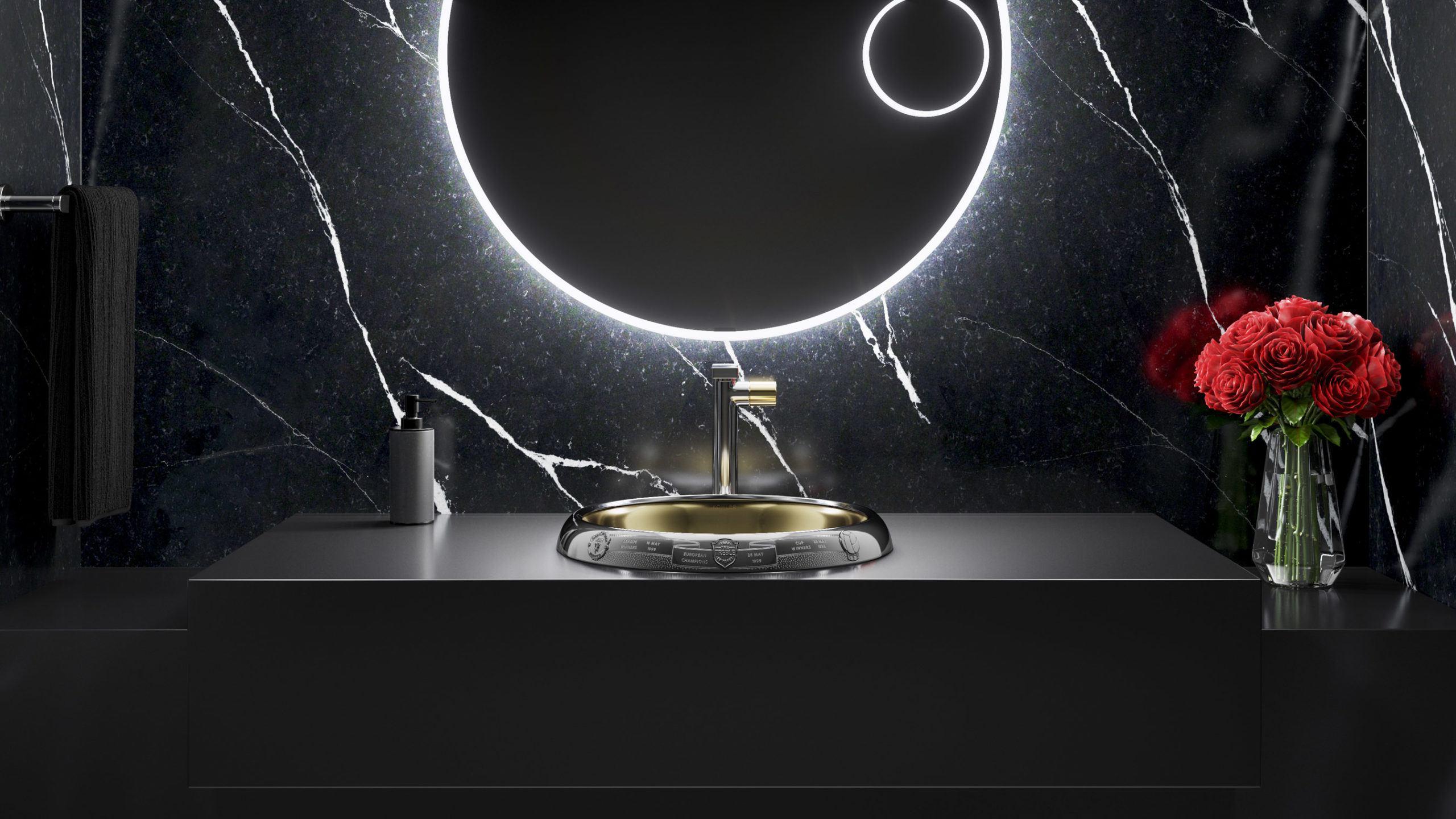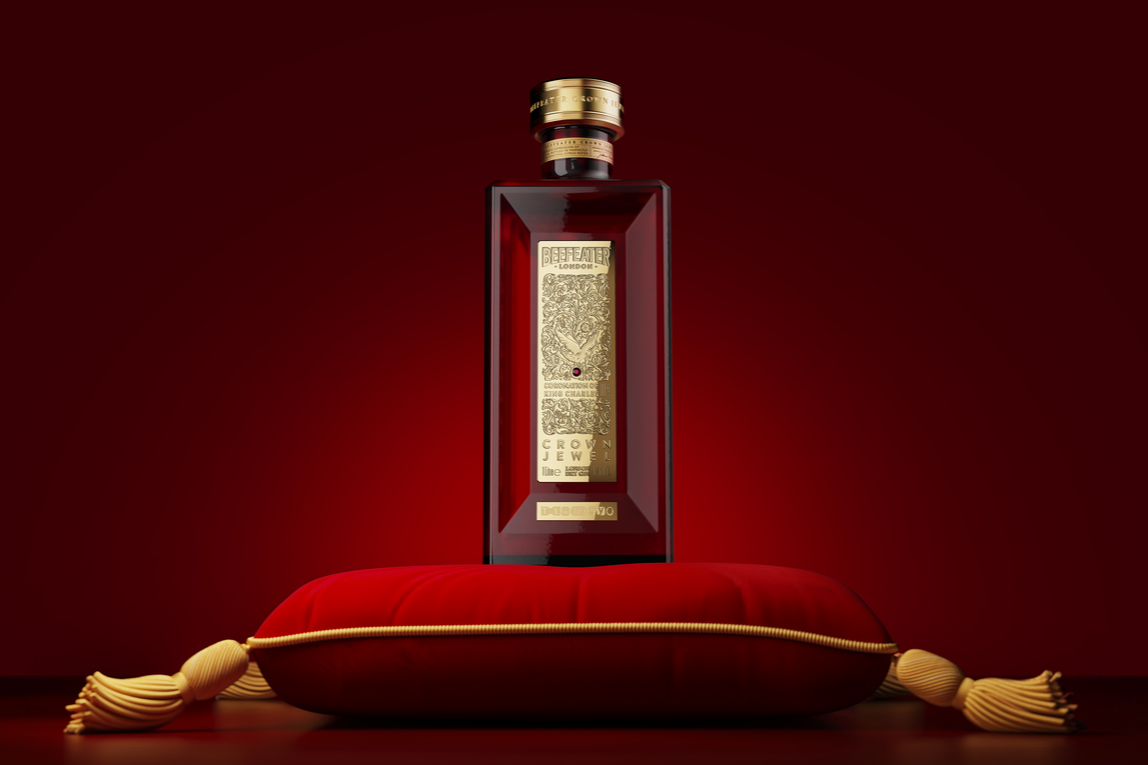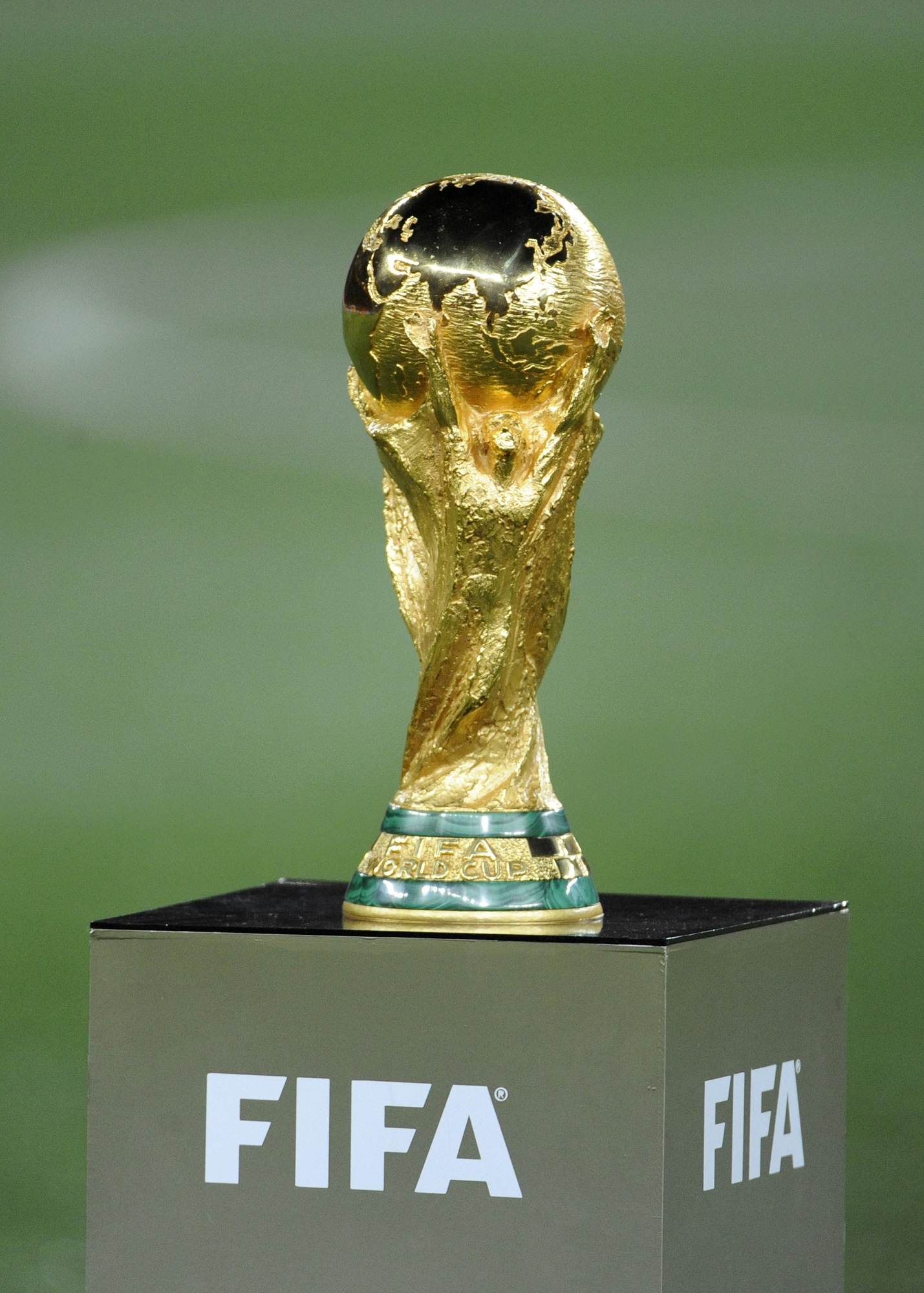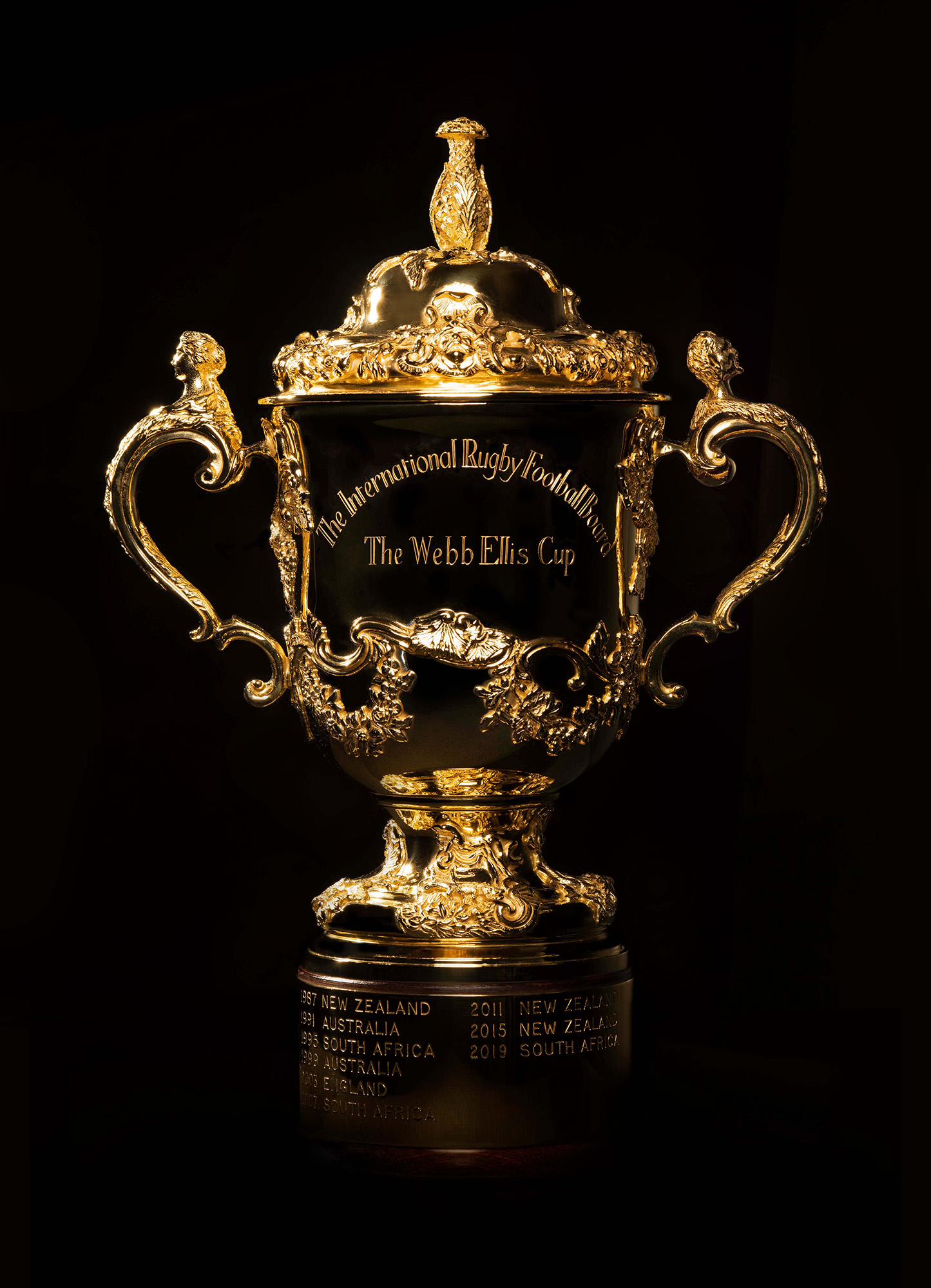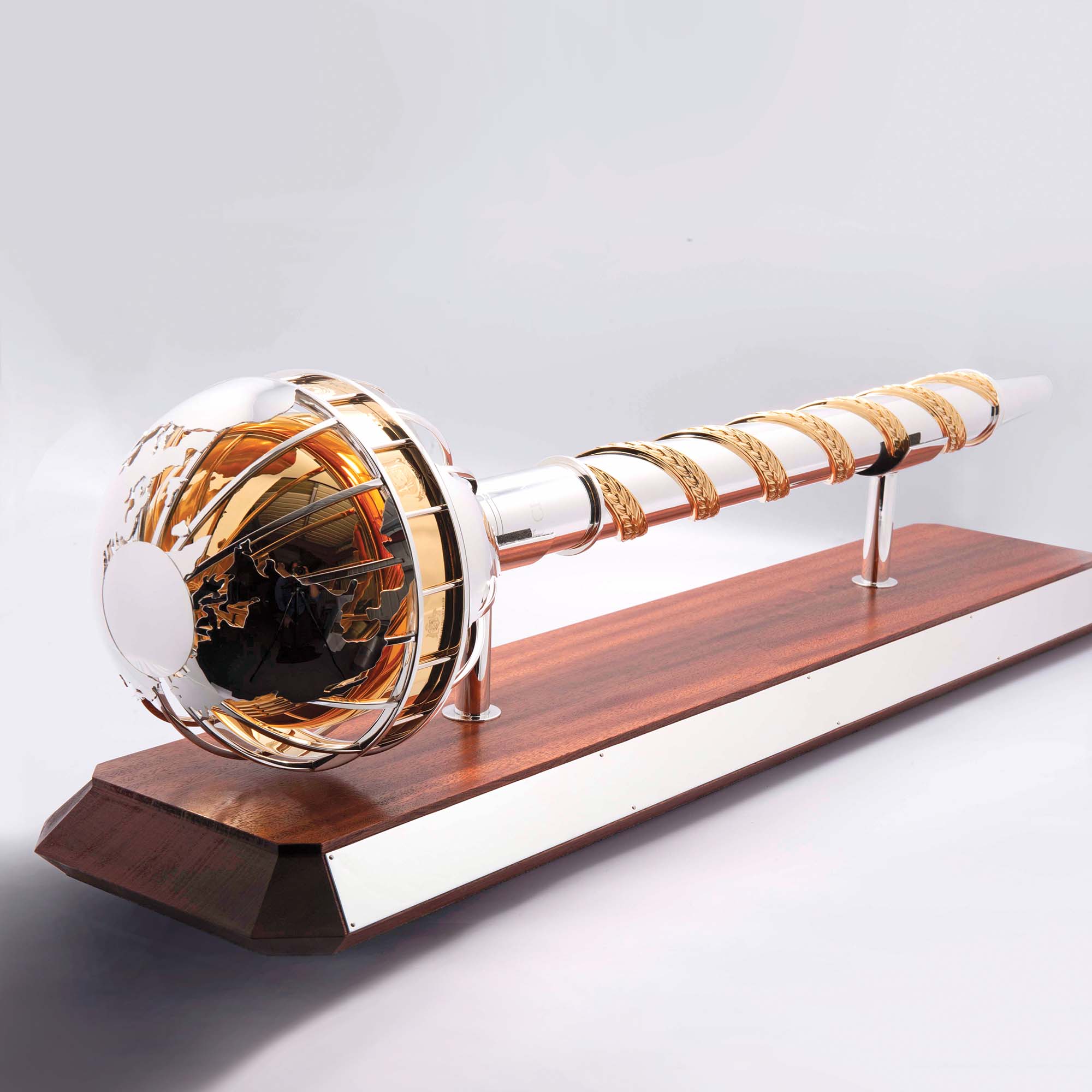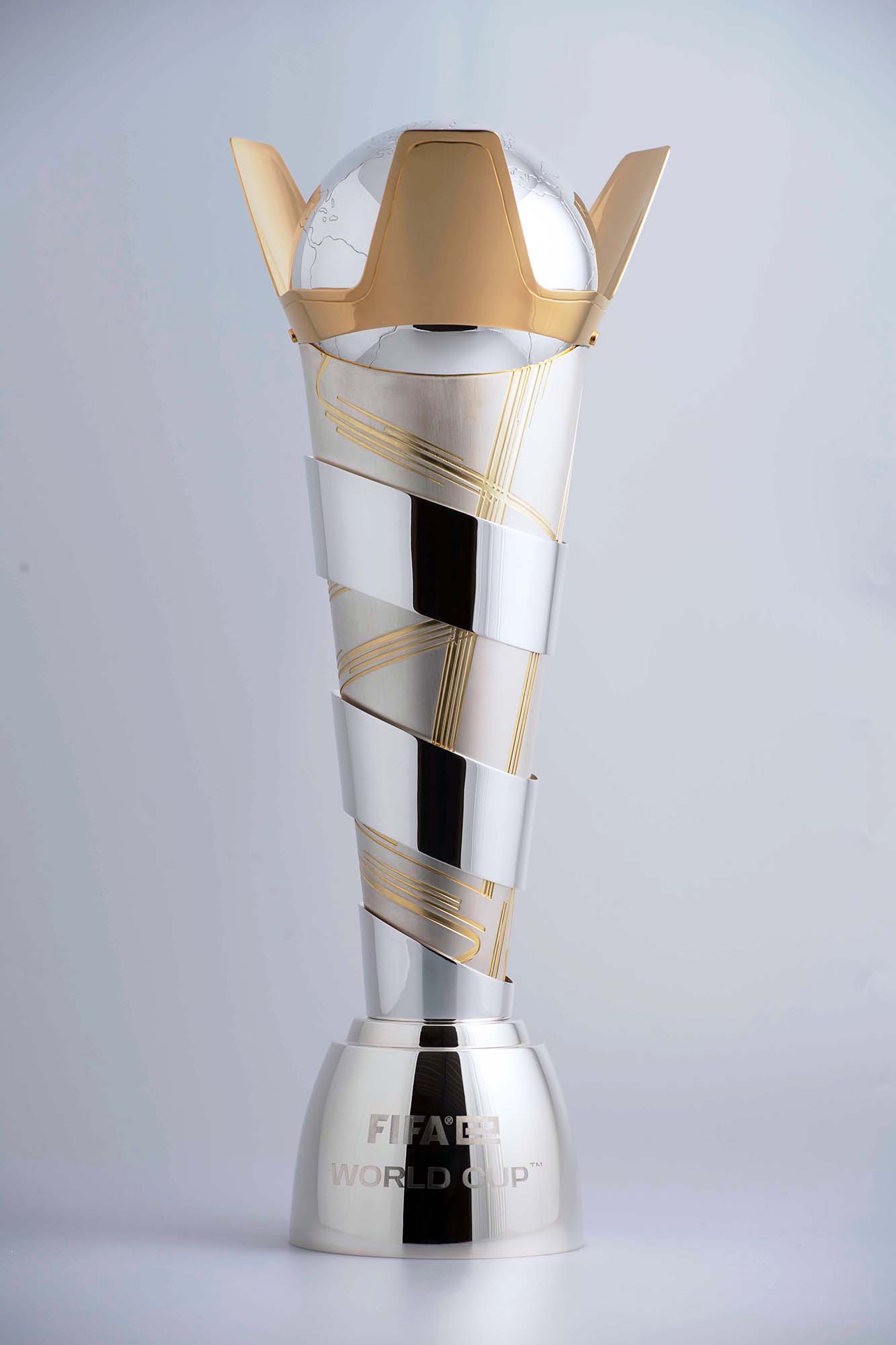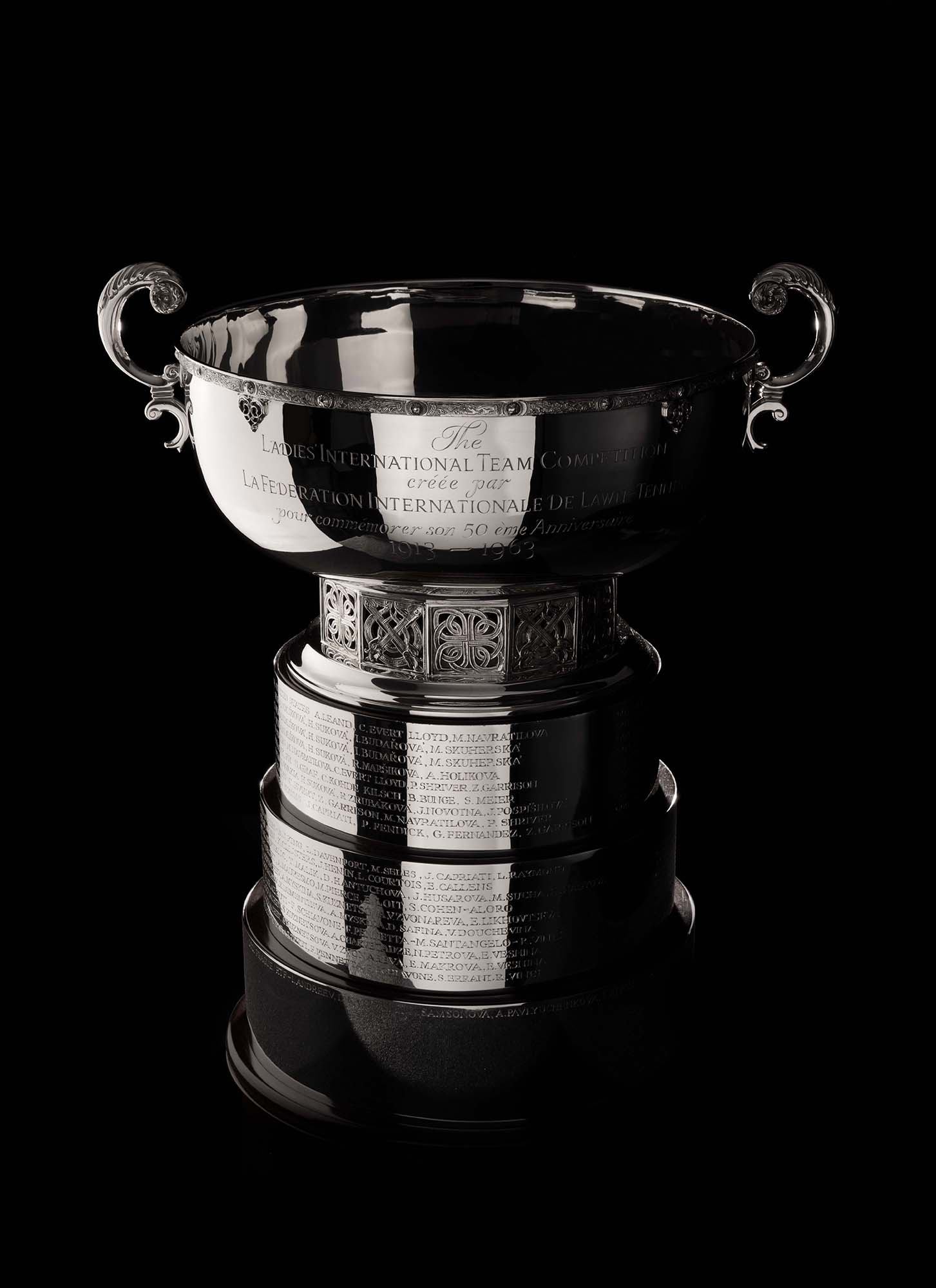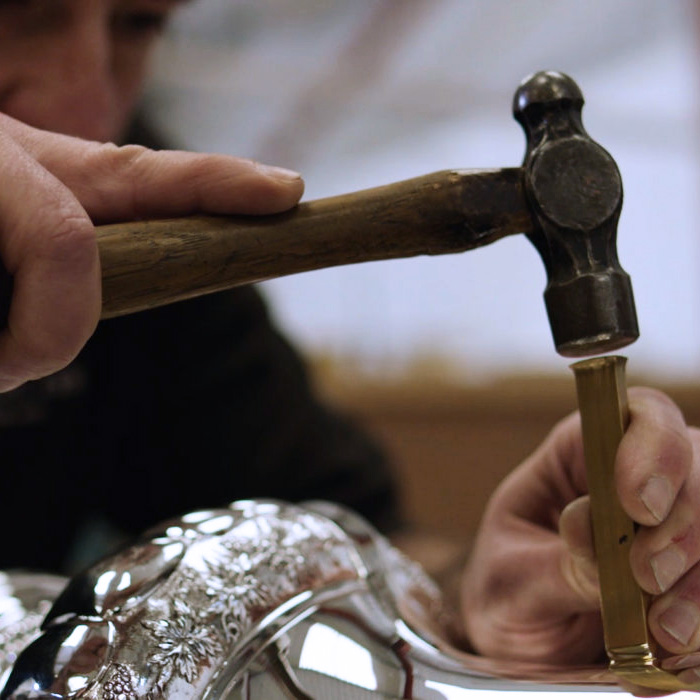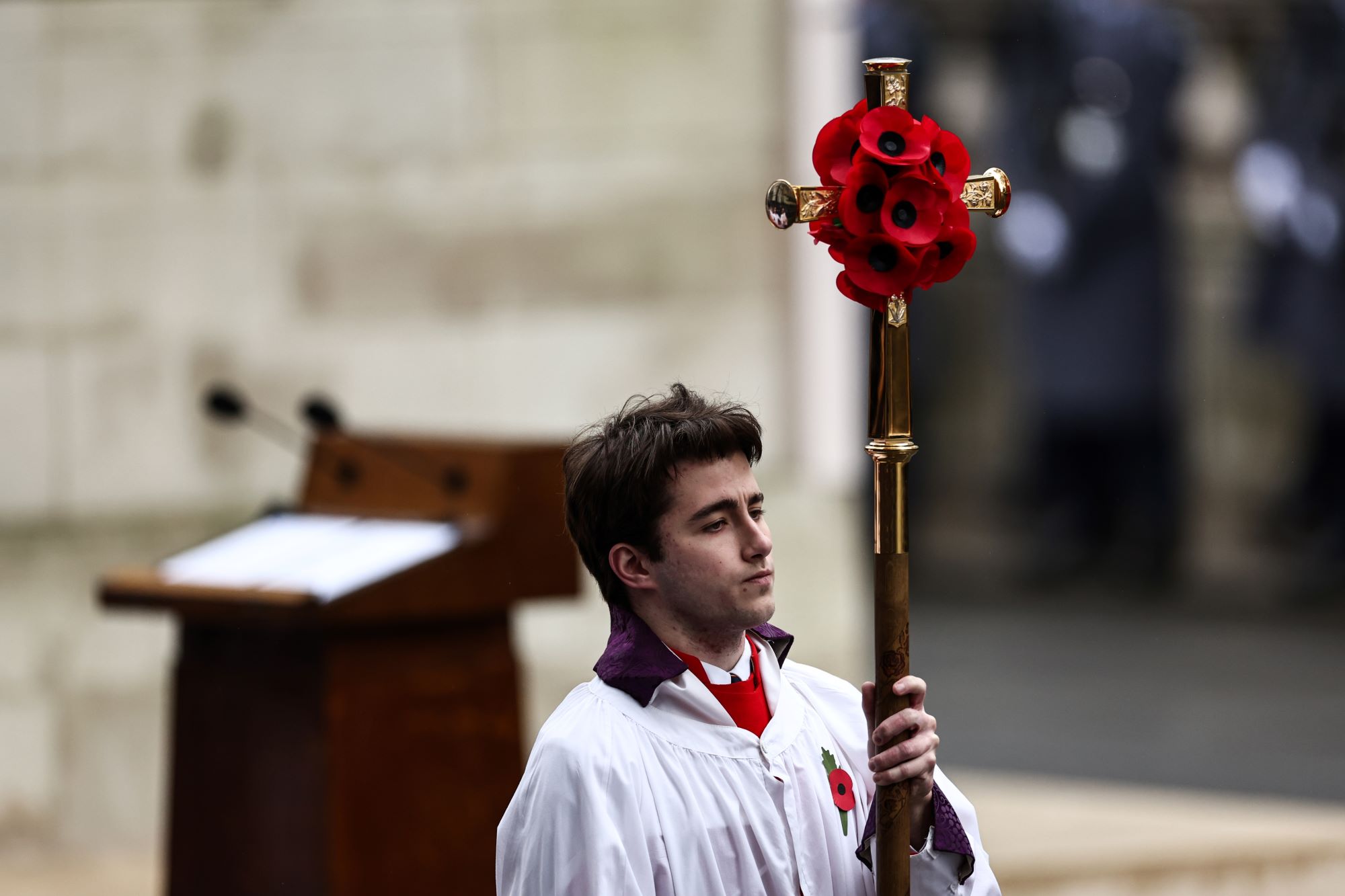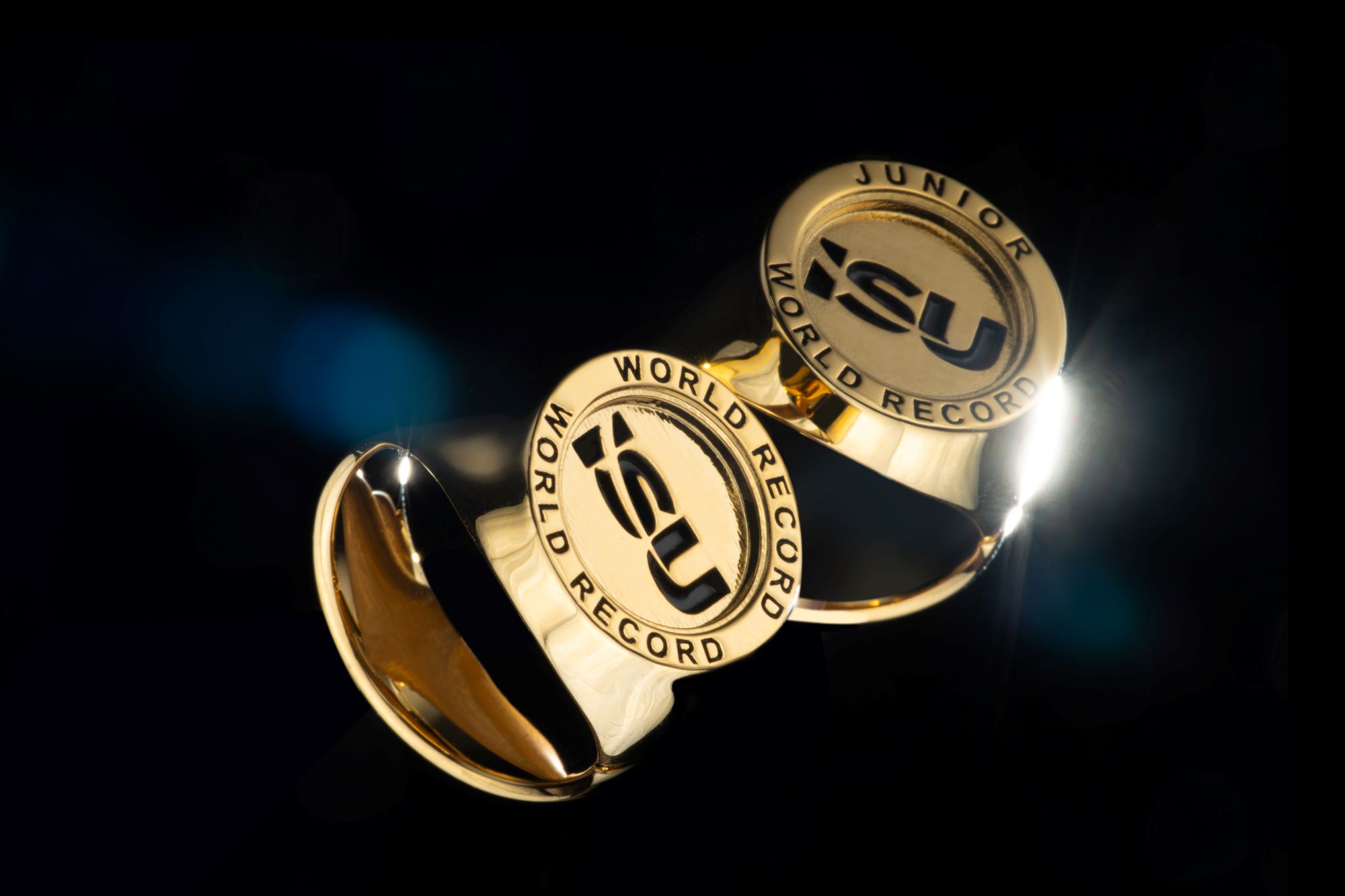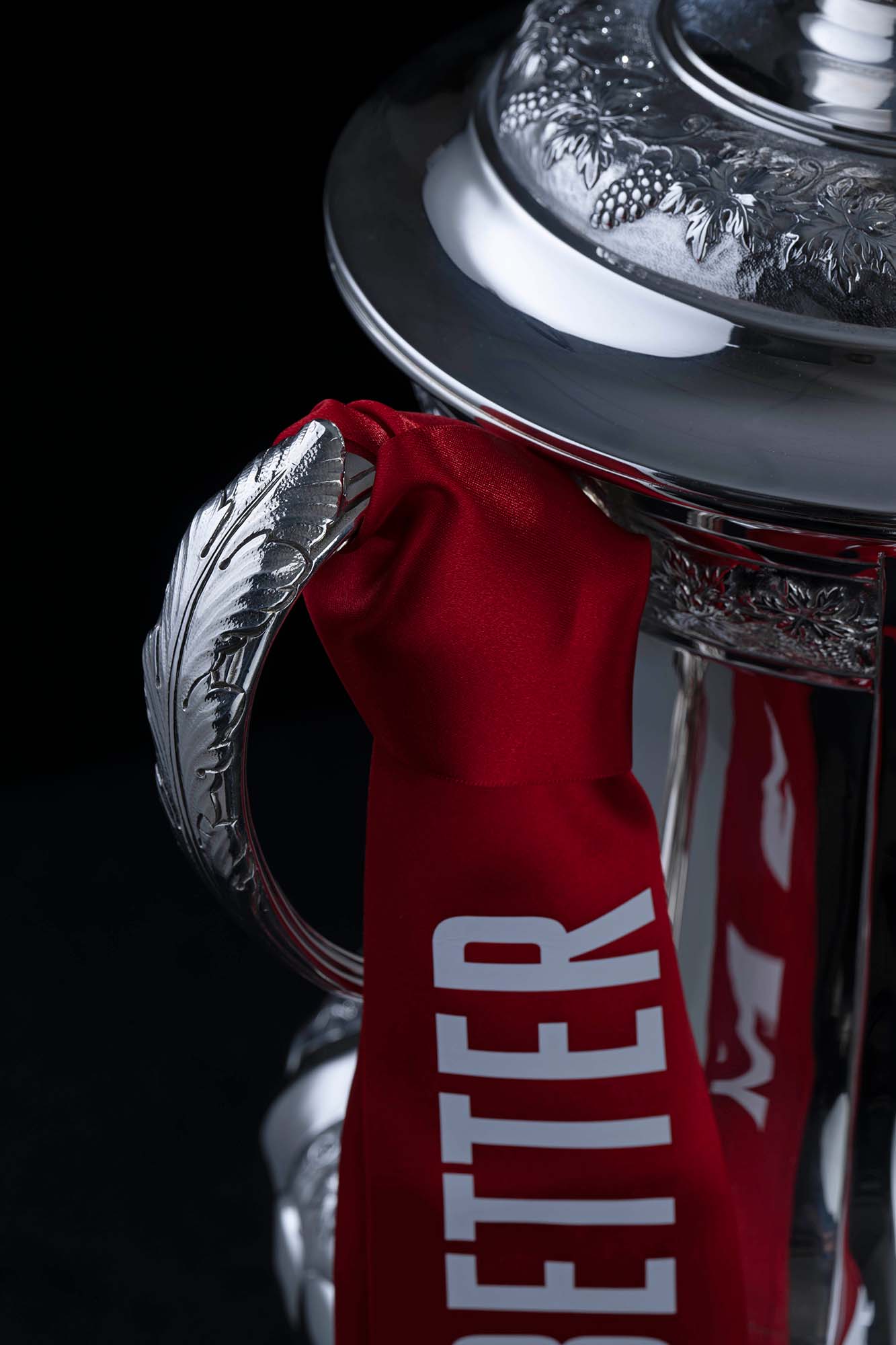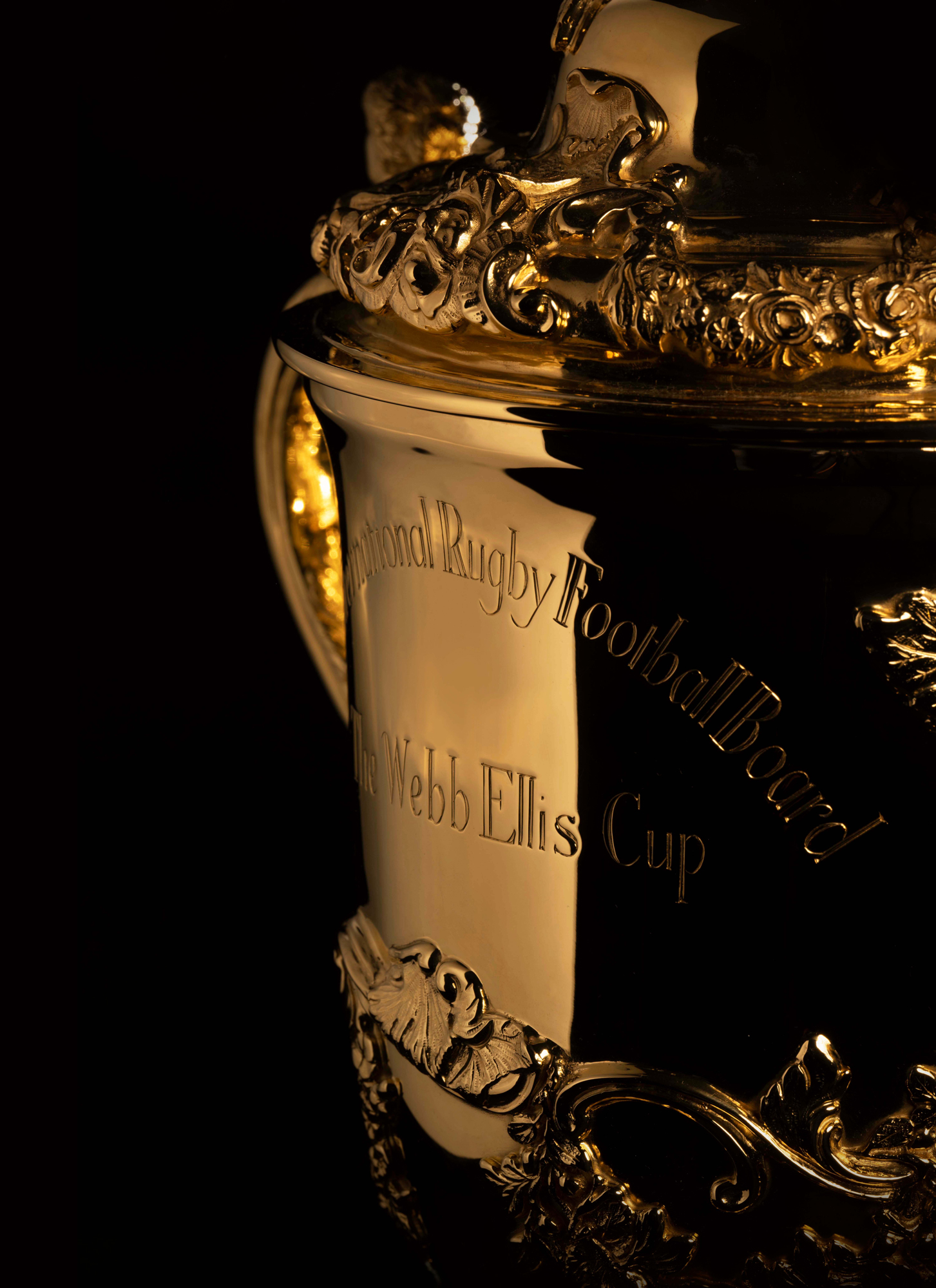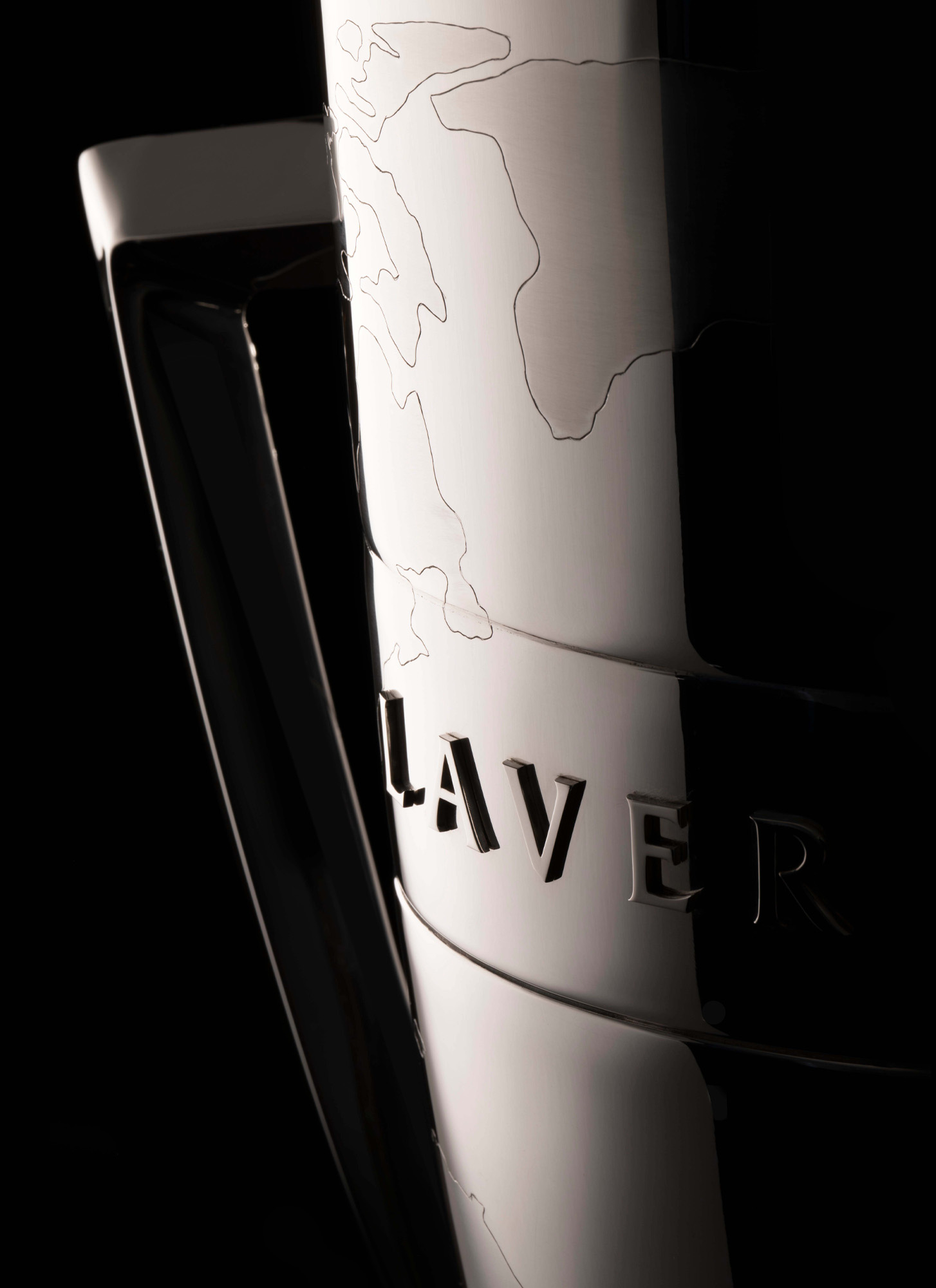The FIFAe World Cup
It may lack the heritage of its on-pitch equivalent, but the FIFAe World Cup is one of the fastest-growing eSports events on planet digital.
First played for in 2004, the event has grown exponentially over the past 18 years, despite a brief hiatus for the COVID-19 pandemic.
Thomas Lyte is a long-established presence in the eSports arena and has been involved in some of the world’s most prestigious tournaments, including the League of Legends Summoners Cup. The FIFAe World Cup is a further illustration of our commitment to a rapidly-expanding genre.
The EA Sports FIFAe World Cup takes place every year – with Thomas Lyte’s hand-crafted trophy being played for by competitors from across the globe. At 50cm in height, it’s taller than the trophy that will be lifted in Qatar next weekend, but it shares many of the other features synonymous with FIFA’s most prestigious crowns, including a hand-engraved silver globe sitting on top of highly-polished silver plate spirals.
Read more on our case study page dedicated to the FIFAe World Cup.
![baton of hope mike mccarthy recieves baton from Thomas Lyte]() A Symbol of Hope for the UK
A Symbol of Hope for the UK![Designers Makers Of The Queen Elizabeth II Platinum Jubilee Processional Cross 3 1306x1800]() Culture Round-Up: 2022 and the Queen Elizabeth II Processional Cross
Culture Round-Up: 2022 and the Queen Elizabeth II Processional Cross